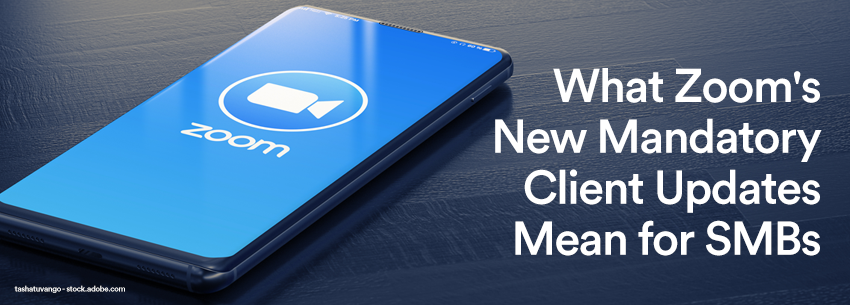Plan Your Windows Server 2012 and 2012 R2 End of Support Today
POSTED ON March 25, 2022
As the saying goes, all good things must come to an end. This is true even for systems we use to run business-critical and mission-critical workloads, such as Windows Server 2012 and 2012 R2.
Microsoft recently announced that it would stop support for older versions of Windows Server, including Windows Server 2012 and 2012 R2, on October 10, 2023. The announcement followed innovations around Windows Server workloads on Azure and the Windows Server 2022 preview, leading to the move to end support for older systems.
SMBs and other customers running these systems must create a plan to prepare for this end of support date. End of support means that Microsoft will ultimately no longer be issuing updates for security vulnerabilities, potentially putting the SMB at risk of a cyberattack if they continue to use those systems.
The first step for an SMB looking to prepare for the October 2023 date is to identify where they may have Windows Server 2012 and 2012 R2 systems running within their environments. Then, they can build a plan to update those systems over time to more modern cloud or on-premise systems or, if needed, take counteractive cybersecurity measures like segmenting the end-of-life systems from their network.
There are also some options outside of a complete upgrade of systems. Microsoft also announced that it would be offering Extended Security Updates for Windows Server 2012 and 2012 R2, a further resource for SMBs concerned about the implications of the end of life of these systems. SMBs can purchase these Extended Security Updates for their on-premise systems or migrate their workloads to Azure for free Extended Security Updates for three years. While this may be an added cost (75 percent of the current license price for the first year, 100 percent for the second year, and 125 percent for the third year), it provides another option for SMBs looking to secure their systems without upgrading.
Because Windows Server 2012 and 2012 R2 systems can run business-critical and mission-critical workloads, it may be helpful for an SMB to leverage the services of a Managed Service Provider (MSP). An MSP can help an SMB identify where these systems are and assist in the migration process to minimize disruption and downtime. An MSP can also guide an SMB on leveraging this necessary upgrade as an impetus to potentially adopt new technology systems, such as cloud technology, for better optimization going forward.
No matter how an SMB chooses to approach this issue, it’s certainly one they cannot ignore or wait until 2023 to address. Preparing sooner rather than later allows for as smooth a transition as possible and allows an SMB to spread any associated costs over time. By asking the important questions today, they can ensure minimal disruption for their customers and employees over the next year — an outcome every business leader prefers.




